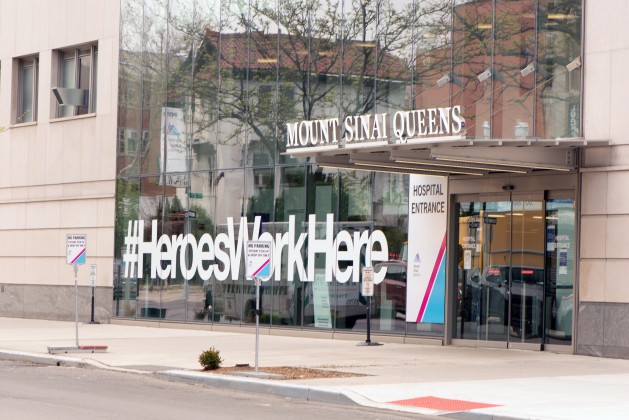 The Boston Globe’s free daily newsletter for college students and young professionals, The B-Side, made its debut this morning. Like similar offerings, it’s light and breezy, with an emphasis on stories aimed at appealing to the demo (“Does your employer pay for your MBTA pass?”) as well as on things to do.
The Boston Globe’s free daily newsletter for college students and young professionals, The B-Side, made its debut this morning. Like similar offerings, it’s light and breezy, with an emphasis on stories aimed at appealing to the demo (“Does your employer pay for your MBTA pass?”) as well as on things to do.
The B-Side is joining a crowded field of similar newsletters from Axios Boston, WBUR, GBH News, the Boston Herald and 6AM City — and that’s not even getting into the political newsletters from Politico, State House News Service and CommonWealth Magazine. (Have I missed any? I hope not.)
What I’m talking about here is a certain type of newsletter. The Globe has multiple newsletters already, and so do the other news organizations I mentioned. It’s a matter of tone and emphasis, heavy on emoticons and bullet points, aimed at engaging an audience that might have never considered buying a digital newspaper subscription or tuning in to a public radio station. My students and I got an early peek last month; my reaction then and now is that it’s interesting, like its competitors, but that I’m not in the target audience.
Here’s a memo passed along by a trusted source from Andrew Grillo, the Globe’s director of new product and general manager of The B-Side:
Hi all,
We are excited to announce the launch of The B-Side, a new email and social-only product geared towards informing and entertaining new audiences. The B-Side’s focus is hyperlocal and will provide curated, authentic and relatable content that reimagines how local news is conveyed to the next generation of Bostonians.
As Boston’s population of university students and young professionals continues to grow, it is essential to evolve our coverage to meet this demographic where they are most engaged. The publication will focus on mobile-first formats, and will accompany its weekday newsletter with vertical video explainers, swipeable stories, and creator content.
The B-Side joins a growing portfolio of products that have launched out of BGMP’s innovation portal — the idea was crowned Innovation Week Champion in the Q4 2021. [BGMP stands for Boston Globe Media Partners.] Since inception, The B-Side has been refined and developed across all departments including marketing, revenue, editorial, and finance. Through this iterative approach, we have created a unique editorial product designed to engage the company’s future readership, and provide new revenue streams for the organization. This project showcases Boston Globe Media’s commitment to evolution and investment in new initiatives, and we are grateful of the internal support this project has received to achieve launch within one year.
Editorially, the team consists of three talented journalists. The content team is led by Emily Schario, a GBH alum and creative storyteller with expertise unpacking quintessential Boston stories across text and vertical video. Emily is joined by Multimedia Producer Katie Cole, a former BGM Audience Development team member, who runs the project’s social media and audience development strategy. The B-Side is edited and guided by Kaitlyn Johnston, one of the region’s most talented and forward-thinking editors.
We’d like to thank the organization’s support of this initiative, particularly the Senior Leadership Team who has guided this endeavor from inception to launch.
You can sign up here, and follow along at @bostonbside on TikTok, Instagram, and Twitter.
Onwards,
Andrew








